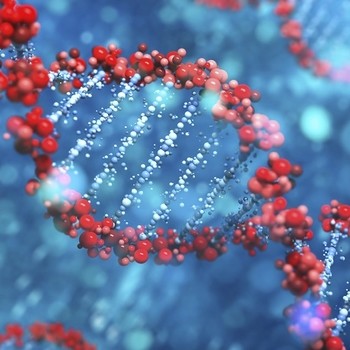A toxic substance is absorbed by a green plant and is inhibiting the Calvin cycle. How will this most likely affect the light reactions?
1 Answer
In light reaction, photosystem I and photosystem II are interconnected. Any toxin such as herbicides like DCMU (dichlorophenyldimethyl urea)and paraquat block electron transport in both photosystem I and photosystem II as a result reduction of NADP+ to NADPH will not be possible and carbon will not reduce to synthesize sugars through calvin cycle in dark reaction.
Explanation:
Toxic herbicides block the electron carriers and vanish their reducing capacity thereby, causing the interruption in electron transfer in photosystem I and photosystem II.These two photosystems are linked by Cytochrome b6 f which receives electrons from PSII and delivers them to PSI.All the reactions of the dark cycles known as calvin cycle in which carbon reduction reactions form sugars, take place in stroma, which is the outside region of the chloroplast. In the chloroplast, light energy is converted into chemical energy by two called photosystems called as photosystem I and Photosystem II.The components of both the systems have electrons moieties usually reduce NADP+ to NADPH and oxidize H2O to O2.In addition, proton motive force generates across the thylakoid membrane which synthesizes ATP. In the dark cycles carbon reduction reactions form sugars, via reduced NADP+ to NADPH and ATP in the stroma.

